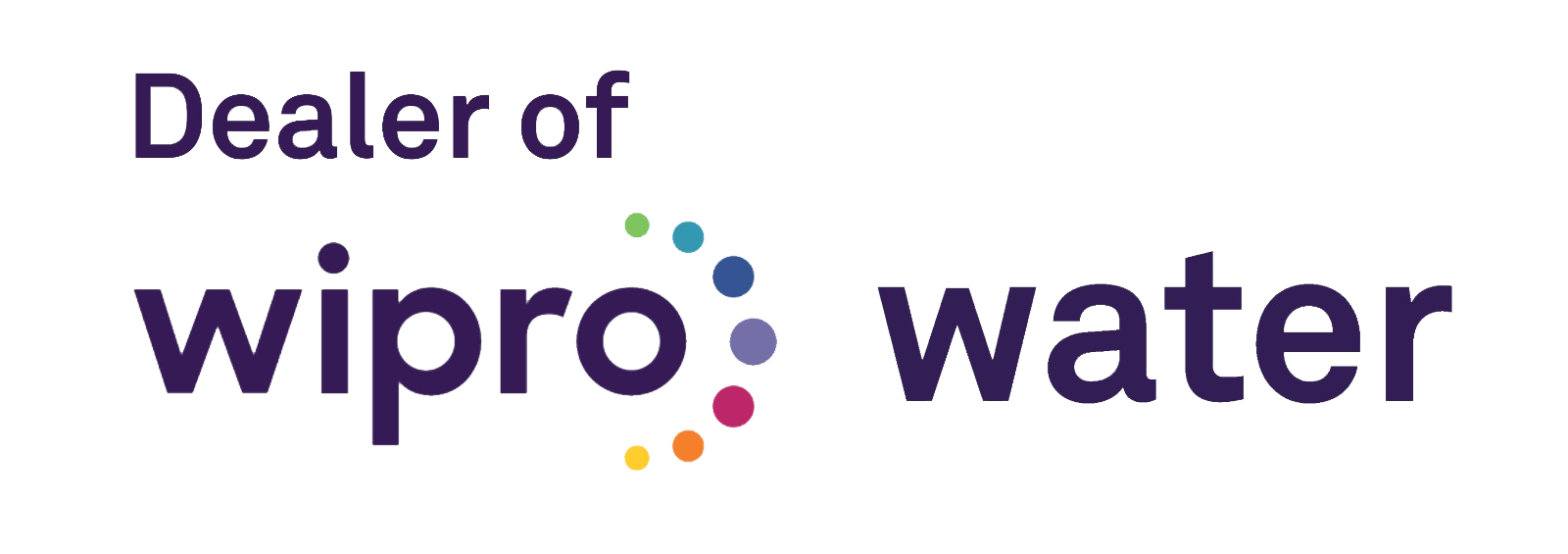
Disinfection of Wastewater
Disinfection is the final step in wastewater treatment, aimed at eliminating harmful pathogens such as bacteria, viruses, and parasites to ensure safe discharge or reuse. It is essential for protecting public health and preventing the spread of waterborne diseases.
Common Disinfection Methods:
Chlorination – The most widely used method, where chlorine or chlorine compounds (e.g., sodium hypochlorite) are added to kill pathogens. It is cost-effective but may produce harmful disinfection byproducts (DBPs).
Ultraviolet (UV) Radiation – Exposes wastewater to UV light, disrupting the DNA of microorganisms and preventing reproduction. It is chemical-free and does not produce harmful residues.
Ozonation – Uses ozone gas (O₃) to destroy pathogens and break down organic contaminants. It is highly effective but requires high energy and specialized equipment.
Advanced Oxidation Processes (AOPs) – Combine UV light, hydrogen peroxide, or ozone to generate reactive radicals that degrade pollutants and kill microorganisms.
Disinfection ensures that treated wastewater meets environmental regulations before being released into natural water bodies or reused for irrigation, industrial applications, or even potable purposes. With increasing demand for water reuse, advanced and sustainable disinfection technologies are continuously evolving to enhance wastewater safety and quality.

